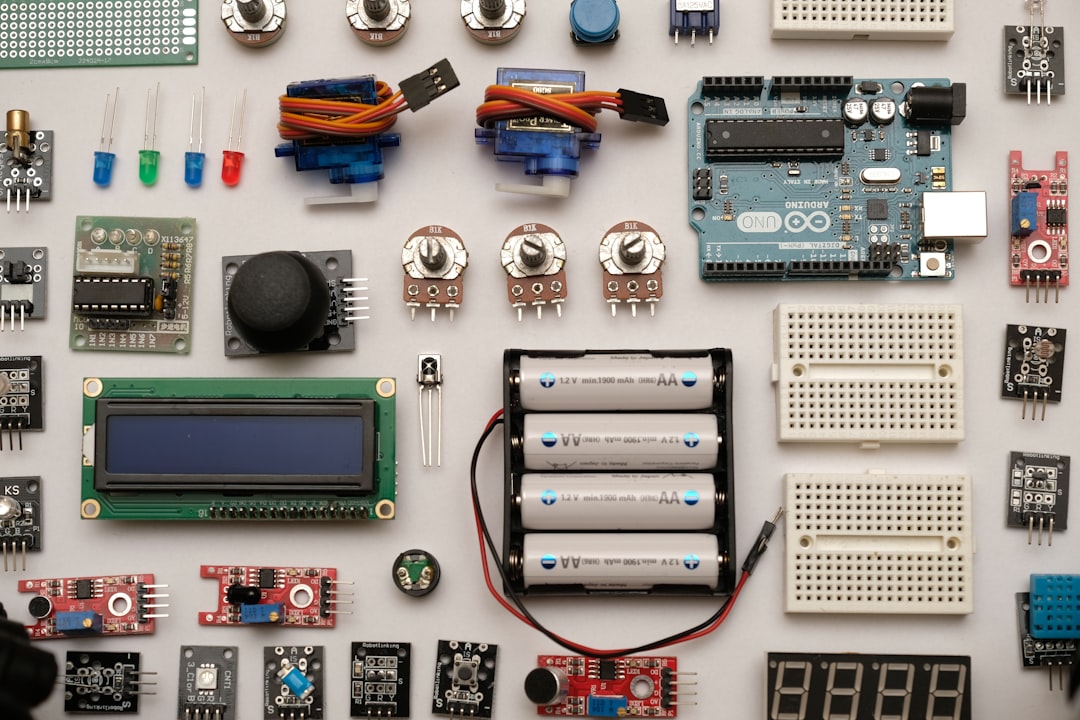
Understanding Circuit Breaker Failure Causes Prevention and Batch Production Solutions
In the fast-paced world of modern technology, the reliability and efficiency of electrical systems are crucial. One significant aspect of electrical systems is the circuit breaker, a protective device designed to prevent damage from overloads and short circuits. However, circuit breakers can fail, leading to downtime and potential hazards. This article delves into the causes of circuit breaker failures, preventive measures, and batch production solutions to enhance efficiency and reliability.
Common Causes of Circuit Breaker Failures
1. Electrical Overload
One of the primary causes of circuit breaker failure is electrical overload. When too many devices draw power from a single circuit, it causes the breaker to trip. This not only disrupts operations but can also damage the electrical infrastructure.
2. Short Circuits
A short circuit occurs when there is an unintentional connection between two points in an electrical circuit. This can lead to a sudden surge of electricity, overwhelming the circuit breaker and causing it to fail.
3. Aging Components
As with any mechanical device, circuit breakers can wear out over time. Aging components may result in poor connections, increased resistance, and ultimately failure. Regular inspections and maintenance are essential to mitigate this risk.
4. Environmental Factors
Humidity, dust, and extreme temperatures can negatively affect the performance of circuit breakers. Environmental factors can cause corrosion and other forms of damage, leading to failure.
5. Improper Installation
Incorrect installation of circuit breakers can lead to operational issues. Ensuring that breakers are properly sized and installed according to manufacturer guidelines is crucial for their longevity and reliability.
Preventing Circuit Breaker Failures
1. Regular Maintenance
Establishing a regular maintenance schedule can help identify potential issues before they escalate. This includes testing, cleaning, and replacing worn-out components.
2. Load Management
Implementing load management strategies can prevent overloads. This can involve redistributing electrical loads across multiple circuits or using load monitoring tools to keep track of power consumption.
3. Quality Components
Investing in high-quality circuit breakers and components can significantly reduce the likelihood of failure. Look for products that meet industry standards and have a reputation for reliability.
4. Environmental Control
Maintaining a clean and controlled environment for electrical systems can minimize risks from environmental factors. Using enclosures can protect circuit breakers from dust and moisture.
5. Training and Education
Providing training for staff on the importance of circuit breakers and proper handling can prevent issues stemming from human error. This includes recognizing signs of failure and knowing how to respond.
Batch Production Solutions
Batch production is a manufacturing process where items are produced in groups or batches. This approach can be advantageous when it comes to circuit breaker production and maintenance.
1. Standardized Processes
Using standardized processes in batch production can enhance quality control. This ensures that every circuit breaker meets the same specifications, reducing variability and potential failures.
2. Efficient Resource Utilization
Batch production allows for better resource allocation. By grouping similar tasks, companies can optimize their use of materials and labor, leading to cost savings and increased efficiency.
3. Quality Assurance
Implementing quality assurance measures during batch production can help identify defects early on. Regular testing and inspection of batches can catch issues that may lead to circuit breaker failures.
4. Scalability
Batch production is inherently scalable. As demand increases, manufacturers can easily adjust production rates to meet the needs without compromising quality.
Current Developments and Trends
The electrical industry is continuously evolving, and advancements in technology are shaping the future of circuit breaker production and maintenance. Innovations such as smart circuit breakers that integrate IoT (Internet of Things) technology are becoming more common. These devices provide real-time data on electrical usage and health, enabling proactive maintenance and reducing the likelihood of failures.
Conclusion
Understanding the causes of circuit breaker failures and implementing preventive measures is essential for maintaining reliable electrical systems. Batch production solutions offer an efficient way to enhance quality and minimize risks associated with circuit breaker failures. By focusing on maintenance, quality components, and innovative technologies, organizations can ensure the longevity and reliability of their electrical systems.
For further reading on circuit breaker technologies and best practices, check out these resources:
Considering subscribing to our newsletter for more insights on electrical systems and maintenance best practices. Share this article with others interested in enhancing their understanding of circuit breaker failures and solutions!


